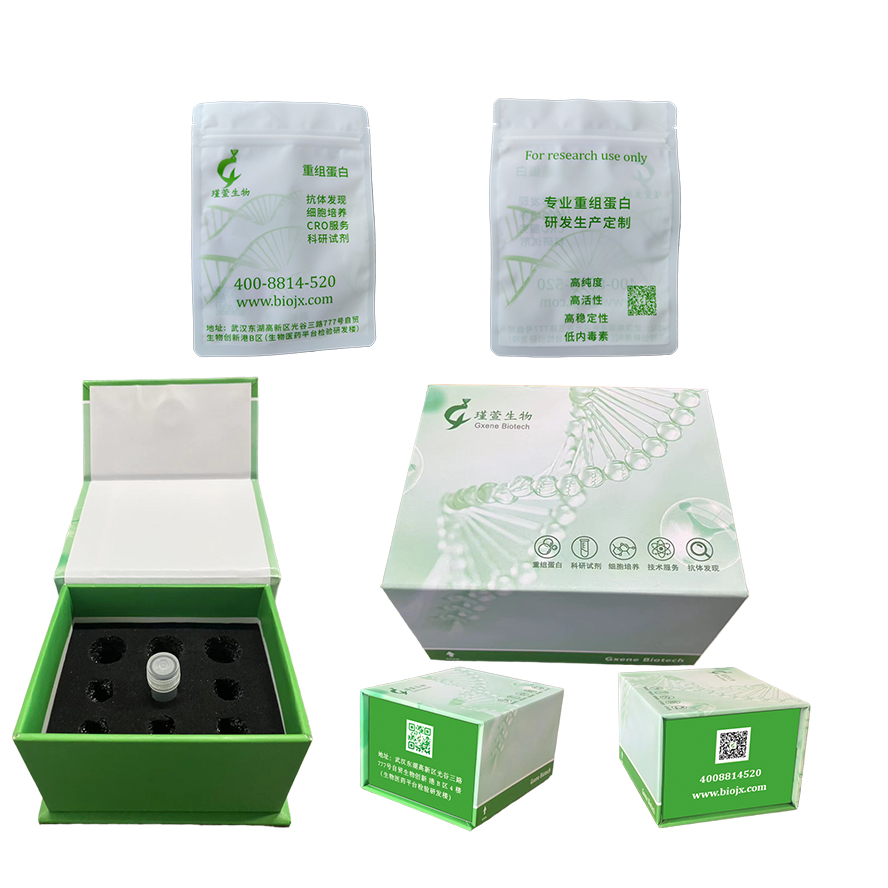


研究方向
PD-L2 蛋白是对 T 细胞增殖和 IFNG 产生至关重要的共刺激信号的组成部分,以不依赖 PDCD1 的方式运行。然而,它与 PDCD1 的相互作用通过阻碍细胞周期进程和细胞因子产生来抑制 T 细胞增殖。PD-L2 和 PDCD1 之间错综复杂的相互作用强调了其作为调节免疫反应、影响 T 细胞的激活和功能的调节检查点的作用。这种分子相互作用为控制 T 细胞行为的动态机制增加了一层复杂性,凸显了 PD-L2 在免疫调节中的多功能作用。
种属
Programmed Death Ligand 2 (PD-L2), also known as B7-DC and butyrophilin-like protein, is a member of the B7 family of proteins that provide signals for regulating T-cell activation and tolerance .PD-L2 is expressed on dendritic cells, subsets of activated CD4+ and CD8+ T cells, and memory B cells that differentiate into plasma cells. At inflammatory sites such as rheumatoid arthritis, allergen exposure, and virus infection, PD-L2 is up-regulated on synoviocytes, infiltrating macrophages, dendritic cells, and airway epithelial cells. PD-L2, along with B7-H1/PD-L1, binds to T cell PD-1 where it promotes IFN-gamma production and CD40 Ligand up-regulation while inhibiting IL-4 production. In addition, PD-L2 binds to RGM-B on macrophages and alveolar epithelial cells, supporting respiratory immune tolerance. In asthma, PD-L2 suppresses IL-5 and IL-13 production, promotes IL-12 production by dendritic cells, and supports allergen-induced airway hyper-responsiveness and mucus production.